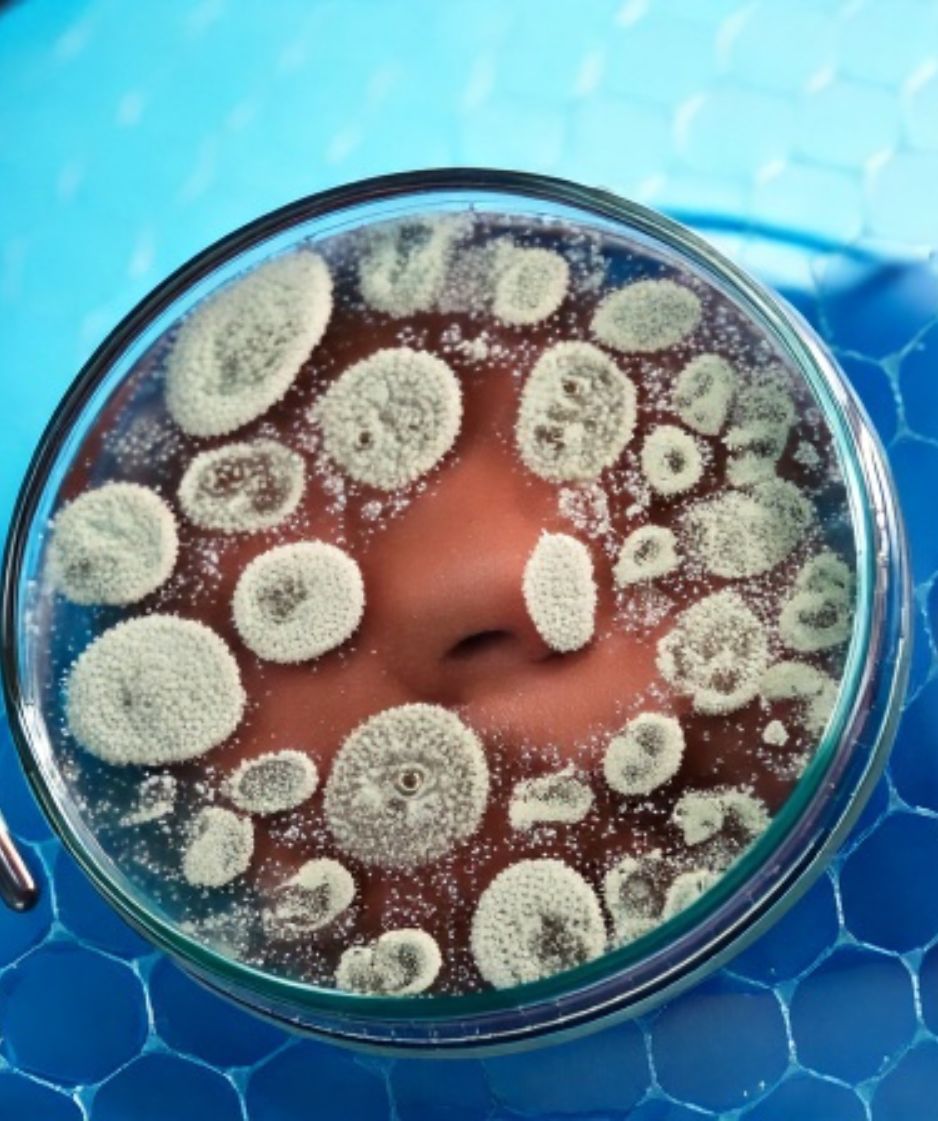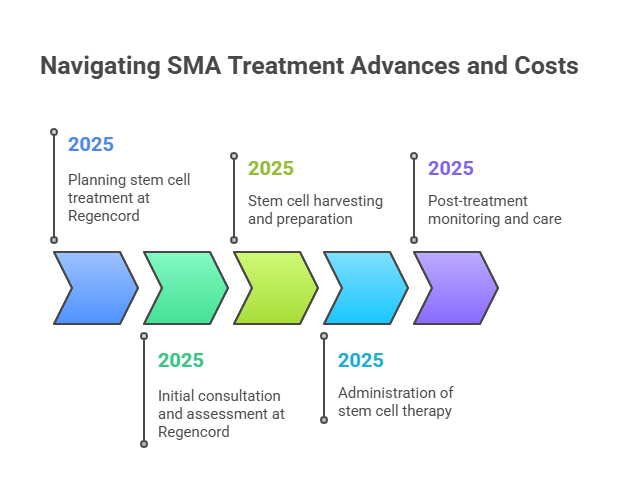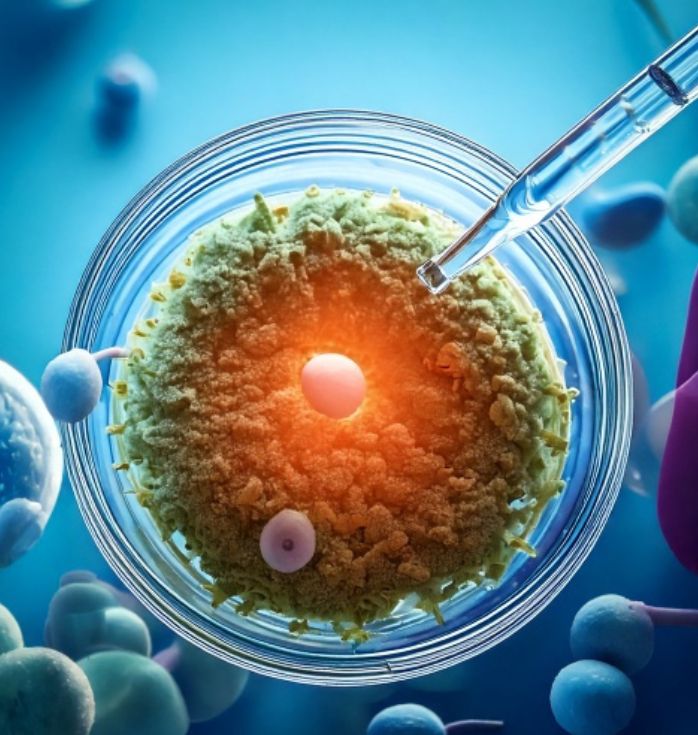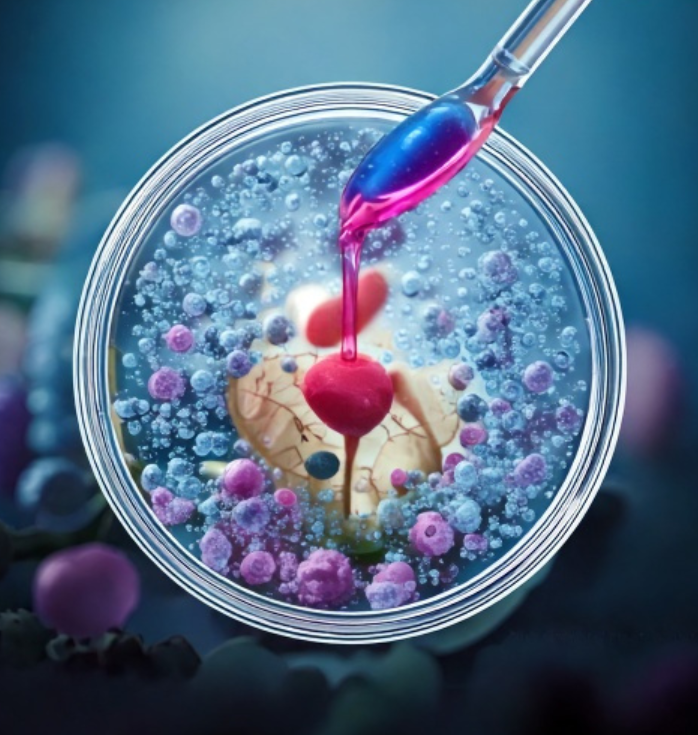

Patients can save 50-70% on stem cell treatment for SMA in Colombia compared to Western countries. The treatment costs between $7,000 and $15,000 and follows the same international safety and efficacy standards. These substantial savings have made Colombia a top choice for patients who need advanced medical treatments.
Regencord’s facility in Pereira excels at providing individual-specific stem cell therapies for neurodegenerative conditions. The clinic combines experienced medical professionals with state-of-the-art facilities. Its treatment approaches are customized to help patients with different types of Spinal Muscular Atrophy (SMA).
This piece walks you through everything you need to know about getting stem cell treatment at Regencord. You’ll learn about the therapy process and how to plan your treatment in 2025.


Spinal Muscular Atrophy is a devastating genetic disease that affects motor neurons controlling voluntary muscle movement. Scientific advancements have expanded treatment options over the last several years. Stem cell therapy now stands out as a promising frontier for SMA patients.
SMA belongs to a group of hereditary neurodegenerative disorders that attack motor neurons in the brain and spinal cord. These specialized nerve cells control movement in a person’s arms, legs, face, chest, throat, and tongue. They also control skeletal muscle activities like speaking, walking, swallowing, and breathing. The disease comes from mutations in the survival motor neuron gene 1 (SMN1), which makes the essential SMN protein. Motor neurons start to die when SMN protein levels drop to 25% or less of normal, which leads to progressive muscle weakness.
This condition affects about 1 in every 10,000 children born in the US. Without treatment, about 70% of severe cases take lives before a child’s third birthday. SMA shows more weakness in the trunk and upper limb muscles than in the hands and feet. People who have SMA often face respiratory infections, scoliosis, and joint contractures.
We focused mainly on managing symptoms rather than tackling the root cause until recently. Now, three FDA-approved treatments change how the disease progresses:
Supportive care also includes physical therapy, occupational therapy, and rehabilitation to improve posture and prevent joint immobility. Braces, orthotics, speech synthesizers, and wheelchairs can improve independence. Proper nutrition and respiratory support become key parts of care.
Stem cell therapy looks promising as an investigational approach, though it's not yet FDA-approved specifically for SMA. Research at Harvard Stem Cell Institute has found about 150 molecules that raise SMN protein levels. Studies show stem cell transplantation can repair injured tissue and turn it into neurons, with good results in animal models.
Medical centers worldwide offer several experimental stem cell treatments with varying results. These treatments want to slow disease progression by adding cells that support motor neuron function and might reduce muscle atrophy. Patients should know these treatments work best alongside FDA-approved therapies rather than replacing them.
Stem cell therapy tackles neurodegenerative disorders like SMA in multiple ways. Stem cells can repair injured neuronal tissue by replacing damaged or lost cells with new ones. They create an environment that helps regeneration and protects healthy neurons from further damage.
The main mechanisms are:
Mesenchymal stem cells (MSCs) work especially well for SMA therapy because they're flexible and can provide growth factors to host tissue. They help neurons survive, prevent gliosis, and encourage local neural precursor cells to grow and mature.
We have a long way to go, but we can build on this progress in stem cell therapy for neurodegenerative diseases. It shows real potential as a helpful strategy, especially when used with existing treatments.

Regencord has become a leader in regenerative medicine in the vibrant city of Pereira, Colombia. The clinic specializes in neurodegenerative conditions like Spinal Muscular Atrophy (SMA). Their blend of scientific excellence and compassionate care makes them a top choice for patients who need advanced stem cell treatment beyond conventional therapies.
Regencord builds on strong scientific principles and has 11 years of experience in regenerative medicine. The clinic has treated more than 5,376 patients from around the world, and It is now known worldwide for using innovative treatments to improve patient outcomes.
The clinic’s foundation rests on thorough scientific research and clinical practice. Regencord’s approach focuses on using stem cells’ regenerative potential to treat challenging health conditions, especially neurodegenerative diseases like SMA. Their excellence and complete support have made them the preferred choice for patients worldwide.
The core team at Regencord brings extensive experience in treating complex conditions. Their specialists have impressive credentials in fields directly related to SMA treatment:
Dr. Julieta Henao Bonilla guides the medical team as a distinguished medical geneticist with 30 years of experience in genome management and biotechnology. Dr. Carlos Alberto Isaza Mejia, a physician pharmacologist, brings another 30 years of experience as a professor and researcher.
The clinic's team includes experts in many medical disciplines. Regencord's scientific group has professionals in radiology, orthopedics, anesthesiology, urology, dermatology, genetics, pharmacology, biology, and bacteriology. This mix of expertise helps them provide complete care for complex neurodegenerative conditions like SMA.
Regencord's innovative laboratory and advanced facilities make it stand out in stem cell therapy. The clinic produces stem cells in its sterile laboratories with specialized equipment and expert staff. Its in-house production ensures a high level of quality control throughout the treatment process.
Regencord follows multiple international certifications:
These certifications ensure complete traceability in the production process so patients can trust the quality and safety of their treatments. The clinic's membership in the International Society for Cell & Gene Therapy (ISCT) shows that it is pioneering advancements in the field.
Patients receive specialist, professional, and caring medical advice throughout their treatment. The clinic tailors care to each person's specific needs and circumstances when treating SMA with stem cells. This mix of scientific excellence, innovative technology, and compassionate care makes Regencord a pioneer in SMA treatment in Colombia.


Regencord’s treatment protocol for SMA takes a well-laid-out, patient-centered approach that prioritizes safety, efficacy, and personalized care. The process maximizes stem cell therapy’s healing potential for patients with different types of SMA.
The experience starts with a detailed first assessment that sets baseline health parameters vital for treatment success. Physicians perform thorough clinical examinations and essential laboratory tests to review liver function, complete blood count, and baseline creatinine levels. These measurements help determine if patients qualify for treatment and set monitoring standards.
The first clinic visit serves many purposes for patients with suspected or diagnosed SMA. Medical teams check clinical conditions, provide easy-to-understand education, and obtain necessary lab studies to confirm diagnosis and submit for treatment approval. Regencord’s medical team also discusses side effects, quality of life, and predicted benefits to help patients make informed decisions.
Regencord uses mesenchymal stem cells (MSCs) to treat SMA because they show remarkable adaptability and provide growth factors to host tissue. These cells show great potential in saving neurons from cell death by releasing trophic and anti-apoptotic molecules.
The clinic's lab maintains high-quality standards. Stem cell viability reaches 95-99%, which is a big deal as it means that it's much higher than industry averages. This focus on cell quality leads to better treatment results. The cells then undergo careful preparation to reach their full healing potential for neurodegenerative conditions.
The prepared stem cells reach patients through two main methods:
These two delivery approaches ensure stem cells reach both blood circulation and the central nervous system. This increases treatment effectiveness while keeping patient discomfort low. Staff members also watch patients closely during administration to catch any infusion-related reactions or sensitivity.
Patient monitoring becomes vital after stem cell therapy. Liver function tests continue for at least three months after infusion. Regular platelet count checks help catch complications early. Some patients might need heart evaluations as part of their detailed follow-up care.
Most patients start seeing improvements about four weeks after treatment. The full benefits usually show up around the three-month mark. Regencord suggests light physical activity like short walks to boost circulation without overdoing it. Proper hydration and nutrition help support cell repair processes.
Regencord gives patients detailed after-care guidelines and keeps in regular touch. This creates a supportive environment that helps recovery and maximizes treatment benefits.
Regencord’s stem cell treatment for SMA has shown ground effectiveness through patient outcomes. The clinic’s experience spans over 5,000 patients worldwide, giving them valuable insights into managing neurodegenerative conditions through regenerative medicine approaches.
Several documented cases show how stem cell therapy has helped SMA patients improve meaningfully. The patient’s story stands out as a powerful example. Diagnosed with SMA at six months old, she made remarkable progress in motor and oral functions during two years of treatment. She learned to feed herself and sit in a normal chair with back support.
Le Vuong Quoc Thang’s progress after combining regenerative treatment and physiotherapy proved remarkable. A four-year-old girl from Romania also saw positive results from her stem cell treatment in Bangkok.
Most patients start seeing benefits about four weeks after stem cell therapy. They usually reach their peak improvement around three months. SMA patients often report these positive changes:
A survey of 18 SMA patients who received stem cell treatment showed high satisfaction with their results.
Results differ based on SMA type, when treatment starts, and individual factors. Medical experts now see stem cell therapy as a complement to FDA-approved treatments rather than a standalone cure.
Starting treatment early leads to the best results. This matches what experts know about traditional SMA treatments - they emphasize that "identifying and then acting on the disease early... is the only way to rescue a child from death or severe disability".
Regencord's medical team helps parents and patients set realistic goals. They look at each patient's SMA type, age at diagnosis, and overall clinical status to provide personalized guidance about what improvements they might expect.


Planning a medical trip abroad requires careful thought about money, logistics, and preparation. Families who want to learn about stem cell treatment for SMA at Regencord should know how these practical details can make the process smoother.
Stem cell therapy for SMA costs much less in Colombia than in Western medical centers. Treatment prices range from $10,000 to $20,000. This saves patients 70-90% compared to US prices of $100,000-$150,000. Your final cost depends on:
Patients with neurodegenerative conditions like SMA pay between $7,000-$10,000 for autologous therapy and $10,000-$15,000 for allogeneic approaches.
Stem cell therapy for SMA remains experimental in many places, so coverage varies. All the same, you have several ways to pay:
Your private insurance might cover experimental treatments. Some insurers give partial money back if you show proper medical need. Patient assistance programs can help, too - many companies offer co-pay support of up to $25,000 each year if you qualify.
Families with commercial insurance might get extra help from Medicaid. Crowdfunding platforms have become a popular way for families to raise money for treatment.
Regencord treatment usually needs a 2-day stay in Pereira. Make sure you plan:
Most treatment packages include rides between the airport, hotel, and clinic. However, you'll need to pay separately for your hotel.
You'll need these items ready:
Get a full medical checkup before you travel to make sure the therapy suits you. Talk with your doctor about the benefits and risks. Set up support for after treatment, including help during recovery.
Regencord’s stem cell treatment for SMA provides advanced medical care at much lower costs than Western alternatives. The clinic combines experienced specialists with state-of-the-art facilities and proven treatment protocols to give patients detailed care options that help manage this challenging condition.
Patient outcomes depend on individual cases, but success stories show real improvements in patients’ quality of life. The clinic takes a full-picture approach from the original consultation through post-treatment monitoring. This helps achieve optimal outcomes while meeting international safety standards.
Families should consider their options carefully and understand that stem cell therapy works best when integrated with other treatments. Starting treatment early is vital to achieving the best results. The big cost savings and Regencord’s expertise in neurodegenerative conditions make Pereira a prime destination for families looking for advanced SMA treatment.
Stem cells are unique cells with the ability to develop into various cell types and repair damaged tissues. They are used in regenerative medicine, including treatments for cancer, neurodegenerative diseases, and injuries. Sources include bone marrow, cord blood, and embryos.
(888) 540-4101
Begin your journey with us today! Call us at (888) 540-4101 or complete the form to learn more.


